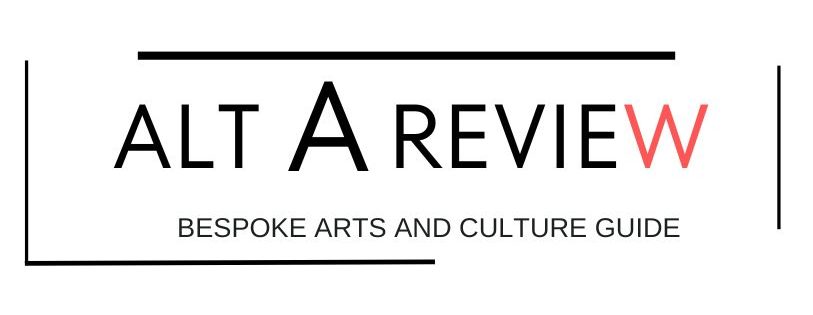We are caught up with Diébédo Francis Kéré, the award-winning architect from Gando, Burkina Faso, who has been commissioned to design the Serpentine Pavilion 2017 for a very quick chat so we only had time for 5 questions.
1. How did the idea of this project came to you was it a brainwave or a long process for you?
I wanted to put forward a strong idea that could potentially carry the weight of the legacy of past Pavilions. At the same time, I wanted to stay true to myself and introduce something fresh and perhaps unexpected. The idea for my Pavilion design came about quickly when I began thinking about the park as a gathering space, a space for recreation with the potential of creating a community-focused structure.
2. In your work you always masterfully combined local elements and materials with your personal history and roots. Can you tell us a little bit more about your village, Gando, in Burkina Faso?
Gando is a remote place. It is not easily accessible, clean drinking water is difficult to source and when I was growing up, there were no schools. Being a child in Gando, the climate and environment played an important part in community and agricultural life. In particular, I saw how people struggled to build homes using clay, which during the rainy season would need constant repair. Experiencing and witnessing this inspired the way I work by using local, available and traditional building materials in a new modern way.
3. You mentioned the crucial role of women and locals in the creative process and the actual implementation of your projects in Burkina Faso?
I think it’s really empowering for African people to be a vital part of such an important journey. Do you think it might be also a way to show a different aspect of Africa, other than the mainstream narrative that we’ve been shown throughout the years by the media? Without women, there would be no Africa, the women are a powerful group, keeping society together by taking care of the family and being part of the community. If you notice how the women engage and work together to build a structure, you will see that Africa is a powerful continent where women are the driving force.
4. Speaking of which, a crucial element in your Pavilion this year was the tree, the place of gathering and encounter. Could you tell us more about it?
The tree represents an important space in Burkina Faso under which the community and different generations gather. The weather is dry and very hot, with spells of rain. The need to keep cool and be protected against water in the rainy season is essential. As a result, I was inspired by the image of a tree in the landscape, which inspired my Pavilion design. The tree is about the canopy, which provides shelter and shade and protects against extreme weather. However, what is important is that a tree does not close you off from the outside world and environment. It is this idea of openness that I love and wanted to use in Kensington Gardens.
5. In these difficult time. It is necessary to encourage connections and exchange
between people?
Of course it is important to have hope during these times, especially when people are
divided by conflict. Today, it is even more vital to create structures that encourage understanding and connection.
To see more about the Pavilion visit: http://bit.ly/2mhCe2b










